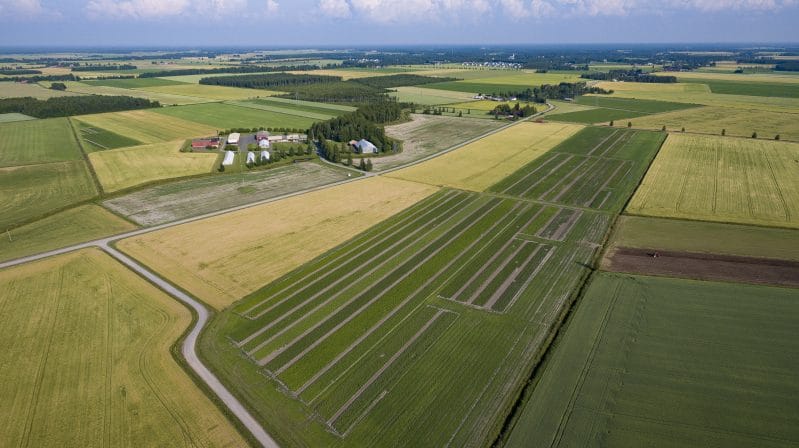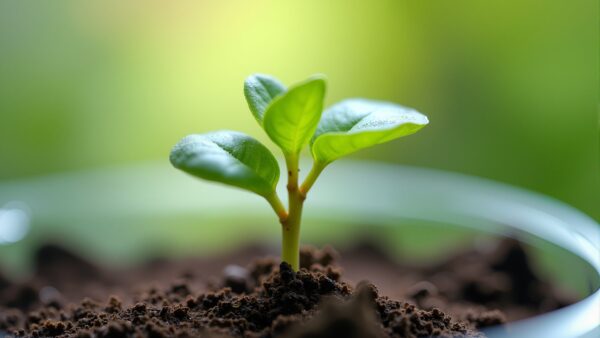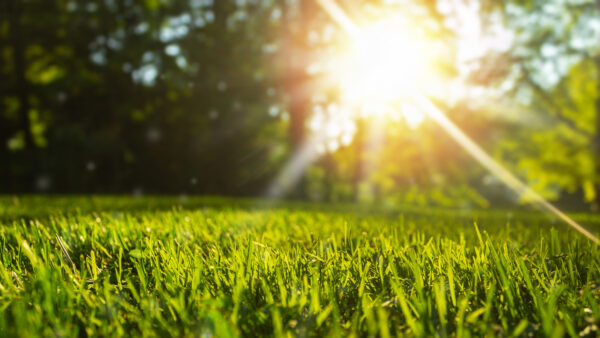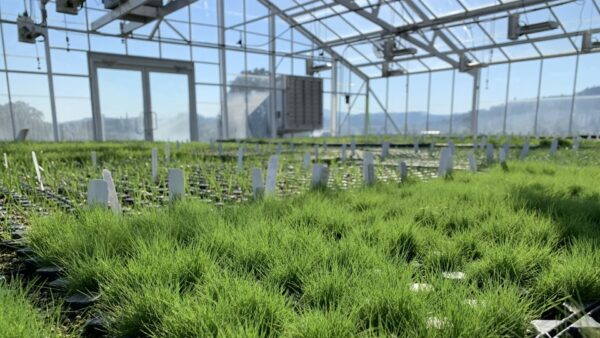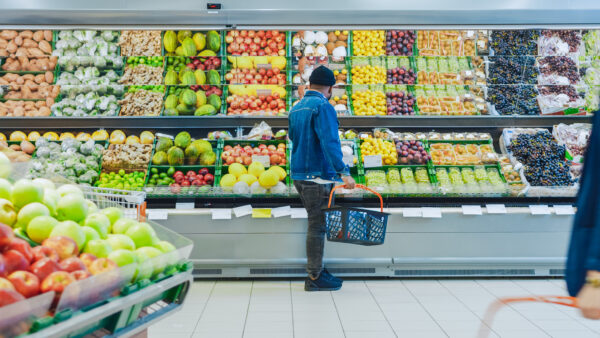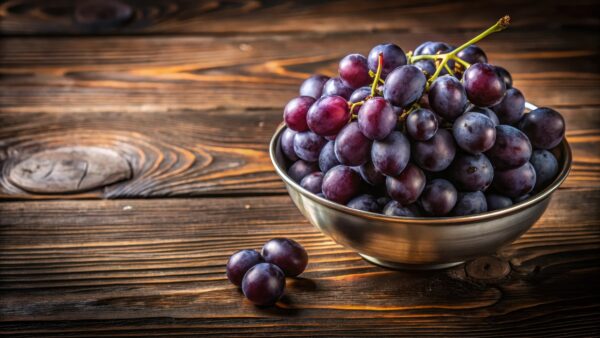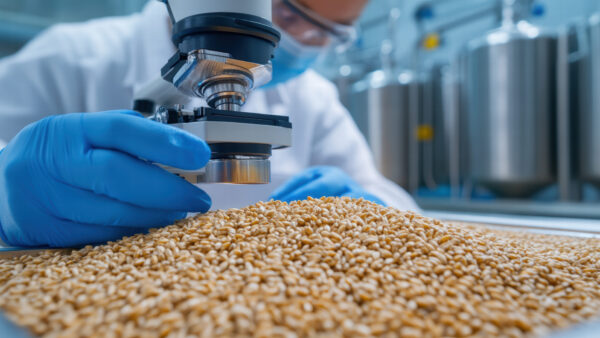Growing a crop in a growing season of 180 days can be hard. Breeding new varieties in such a climate provides even more challenges. Find out how the Finnish seed sector caters to this difficult environment.
Finland
Finland is located between the 60thand 70thparallels of latitude, making it the northernmost country with viable agriculture in Europe. From south to north Finland is more than 1,000 km long, which means the conditions vary a great deal in the different parts of the country, which can present challenges and opportunities for the Finnish farm sector.
Finland is characterised by cold winters with a lot of snow and short summers with daylight in abundance. In southern Finland, the growing season is only 180 days long, which is around two months shorter than in Central Europe. The average effective temperature sum is 1450oC in southern Finland and 880oC in the north. The annual precipitation is 550 – 650 mm.
Of the surface area, 70% is covered by forest and 10% is lakes. About 8% of the total surface area is agricultural land.
The vast majority of farms are owned by families, most of them engaged in both farming and farm forestry. An average Finnish farm has 47 ha arable land.
Agriculture in Finland
Agricultural production is practised on about 2.3 million hectares, and the main crops are cereals and grasses. The yield level varies a great deal in the different parts of the country. Most of the cereals are spring sown, with barley, oats and wheat as the most important spring sown species. Rye and also wheat are cultivated as winter cereals.
The grass area is about 0.7 million hectares, of which over 2/3 is under silage, the rest is dry hay, pasture or under other production. The main grasses are timothy and meadow fescue. The most important forage is red clover.
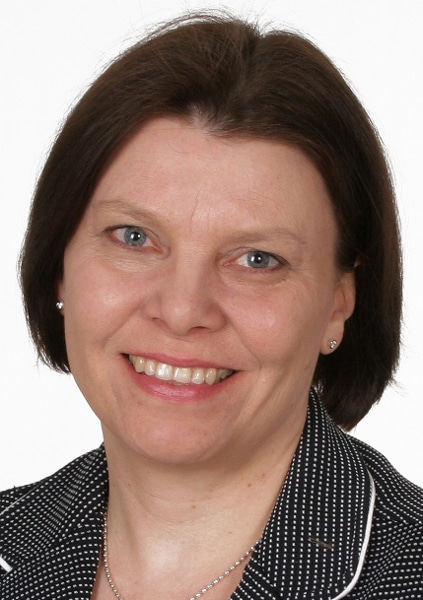
Most of the cereal and grass crop is used as fodder for milk and meat production (cattle, pigs and poultry). Cereals are also produced for food processing, i.e. bread cereals, malting barley and oats for food use, and organic cereal crops are cultivated on approximately five per cent of the cereal crop cultivation area.
Important minor crops include oilseed crops (turnip rape, oilseed rape), potatoes, vegetables, caraway, flax, buckwheat, sugar beet and protein crops such as faba bean and pea.
The production of cereal crops is sufficient to cover domestic consumption and some grain is also exported. Finland is one of the world’s largest producers and exporters of oats.
Growing Conditions
Spring field work and sowings in Finland generally begin in May, with harvest generally beginning at the start of August and continuing until September. Growing conditions are beneficial to production, because the cold winter reduces the number of plant diseases and pests. But due to the climatic conditions, the crops need to be dried after harvest, practically without exception.
In Finland, special attention is paid to preventing common wild oats (Avena fatua). The farms where wild oats have been found are listed in a special register as the prevention of wild oat is of particular importance because of the high percentage of spring sown cereals.
Climate change poses new challenges to Finnish agriculture. Due to climate change, the temperatures in Finland will rise, variation in precipitation will increase, the snow cover season will become shorter, and the amount of soil frost will decrease. Measures to adapt to climate change are changing the prioritisation of species and varieties, and the relative profitability of different crops. The plant health and developing plant breeding also have an important role in such measures.
Seed Production and Plant Breeding in Finland
The annual seed production area is about 36,000 ha. The most significant seed plants are spring cereals and grasses. Seed is produced in all parts of country, except for the very north. Each year about 70 million kg of seed as well as 22 million kg of seed potato is certified.
Seed production is practised by private companies, which includes seed production contracts with farmers. The majority of the seed plants are characteristically small and operate in connection with farms.
We have a plant breeding of our own for cereals and forage grasses, oil crops and protein crops in Finland. Approximately 65% of those crops are cultivated with varieties bred in Finland; the remaining varieties are imported from the other countries. The variety market in Finland faces high competition.
It is also characteristic to our market that the degree of use of Farm Saved Seed (FSS) is higher than many other EU countries. The degree of use of certified seeds is around 30% in Finland.
The increased risk to our seed market is the Strict Liability under the Act of Seed Trade. This Act specifies that the Finnish seed companies have a higher financial risk when there is a doubt expressed over the quality of the seeds. Thatis a significant difference compared to the other countries with the liability only in fault cases.
Seed Certification in Finland
The Ministry of Agriculture and Forestry conducts strategic planning and legislative preparation for the seed sector. The Ministry of Agriculture and Forestry also steers the Finnish Food Authority, which is responsible for the seed certification.
The Seed Certification Unit of the Authority is responsible for field inspections and seed sampling, post control and seed certification, as well as seed control and DUS-testing. One of the key priorities of the Seed Certification Unit is to prevent the spread of wild oats (Avena fatua).
Finland also has a High-Grade Region for high quality seed potato production in the North Ostrobotnia Region, Finland. This area has extended daylight hours during the long Finnish summer days, and this has an advantageous impact on the starch formation and crop capacity of seed potatoes. The local climate and stone-free sandy soil are also perfectly suited for potato farming.
The farmlands are free of pests and diseases leading to an outstanding quality of the potatoes grown in High Grade areas. Such regions are free of dangerous plant pests, such as the golden nematode, the bacterial ring rot of potato or the potato wart disease. The number of aphid-transmitted virus diseases is limited, so the virus situation can be kept well under control. Cold weather and ground frost in winter inhibit the multiplication of plant pests
The requirements and inspections concerning seed potato production in Finland are based on national legislation, which is stricter than that of the European Union. Furthermore, within the High Grade area the national legislation allows for the application of even stricter measures against dangerous potato pests than in other parts of the country.
International Agreements
Finland has been a member of the International Seed Testing Association ISTA since it was established in 1924. Finland joined the OECD Seed Schemes in 1966.
In 1993 Finland joined the International Union for the Protection of New Varieties of Plants (UPOV). A designation agreement on variety testing with the Community Plant Variety Office (CPVO) was concluded in 2009 concerning the most important species cultivated in Finland.
Finland acceded to the EU in 1995. Finland has a long history of active cooperation with the other Nordic countries, and since the 1990s collaboration has been extended to the Baltic countries as well.
Finnish Seed Trade Association (FSTA)
The Finnish Seed Trade Association (FSTA) was established in 1940. The association consist of 17 member companies and has four sections: plant breeding, field crops, horticulture and seed potatoes.
The FSTA promotes the seed industry’s interest with the stakeholders and participates in the national policymaking. An important role of the association is to raise the discussion on the importance of good seed material.
The plant breeding section of the association is responsible for the royalty collection of Farm Saved Seed in Finland.
Under the horticulture section is a working group for lawn grass seed. The working group maintains the classification standards for lawn grass seed in Finland.
The Association is a member of the European Seed Association (ESA) and International Seed Federation (ISF).
Farm Saved Seed (FSS) in Finland
We have a national plant variety protection law called the Act on Plant Breeders Rights in Finland. There is a derogation for Farm Saved Seed under the national law.
The variety owners and representatives have authorized FSTA to collect royalty. The level of the royalty is negotiated with FSTA and the Farmers Union. The mandate for that is based on the Act. The royalty is hectare-based with two levels: one for cereals, oil seeds and pulses and the other one for potatoes.
The data of production area and varieties are collected via a Single Payment Scheme from farmers. FSTA gets the data from the authorities and charges the farmers based on that.
Where on the web: http://www.siemenkauppiaat.fi/(only in Finnish)
Editor’s Note: Mari Raininko is Secretary General of the FSTA


